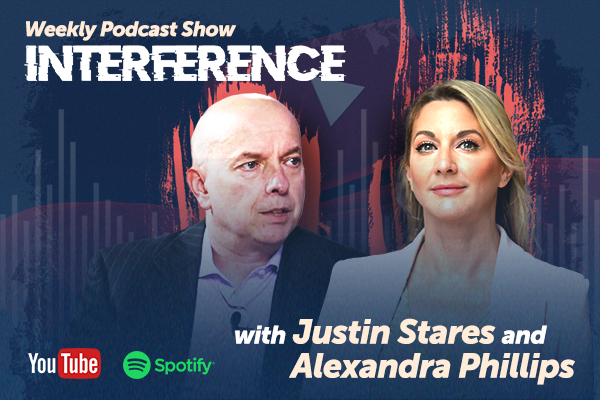A group of protesters gathered outside Microsoft’s EU office to complain about the company’s decision to end security updates for its older devices running the Windows 10 operating system.
After October 14, Microsoft will no longer offer security updates for devices running Windows 10, which includes millions of older devices that cannot run its newer operating system, Windows 11.
Right to Repair Europe, which organised the protest, said Microsoft had now made users choose between a system that will become steadily more insecure, or buying a new laptop.
Microsoft’s decision will push consumers toward unnecessary upgrades and generate hundreds of millions of kilograms of extra electronic waste, Cristina Ganapini, coordinator of Right to Repair Europe, told Brussels Signal.
She accused both the company and lawmakers at the European Parliament next door of making hypocritical claims about sustainability while their actions enable a cycle of waste and disposal.
Microsoft has been approached for comment.
This is precisely how planned obsolescence works, say consumer organisations and Green activists — a decision by a company to turn software deadlines into hardware waste.
Most consumers will do what feels safest and buy a new device, says Mathias Celis, a behavioural science researcher at the University of Ghent.
People often confuse “support ending” with “device dying,” he says, with companies intentionally inculcating a mix of habit, fear, and design.
This is the result of several mental shortcuts — the tendency to prefer the familiar, to avoid effort, and to follow the path that seems least risky, he says.
In this case, that last path leads straight to the checkout, says Celis.
Since 2023, the European Parliament has adopted rules encouraging consumers to repair devices instead of replacing them.
The measures introduce new obligations for producers to repair products even after the legal guarantee to do so has expired, and to offer vouchers or other financial incentives to choose repair.
The European Parliament voted in favour of these steps to strengthen the right to repair and reduce the environmental impact of mass consumption.
Under these rules, sellers must prioritise repairing their products when doing so is cheaper or equal in cost to replacing them.
Manufacturers also have to offer a one-year legal guarantee for their products after they have been repaired.
Consumers also have a right to request repair for items such as washing machines, vacuum cleaners, smartphones, and bicycles after the guarantee period.
In 2024, the European Commission also introduced a regulation prohibiting planned obsolescence. This directive requires companies to provide buyers with better information about their products’ durability and reparability.
Yet activists argue these efforts have little effect when major software companies decide when a device’s life should end.
Microsoft’s move comes less than a year after the European Parliament adopted it right to repair rules.
Celis says the operating system itself encourages users to discard older devices, rather than updating them. Upgrading or installing alternative software is made deliberately complex, while replacing a device is effortless.
That subtle friction works as an invisible push toward waste, he says.
This situation reflects how technology firms shape the environment of choice more than consumers, he says.
The problem begins when consumers are led to throw their devices away without being encouraged to look at other options, says Celis.
In this case, the computers will still be usable. “When Microsoft ends support for Windows 10, users can still buy cybersecurity services for that system from Microsoft, but they are no longer free of charge”, Bertin Martens, researcher in digital economy at the Bruegel Institute, told Brussels Signal today. For informed consumers, the question is which proves costlier in the long term: upgrading to a Windows 11-compatible computer or investing in enhanced cybersecurity.





